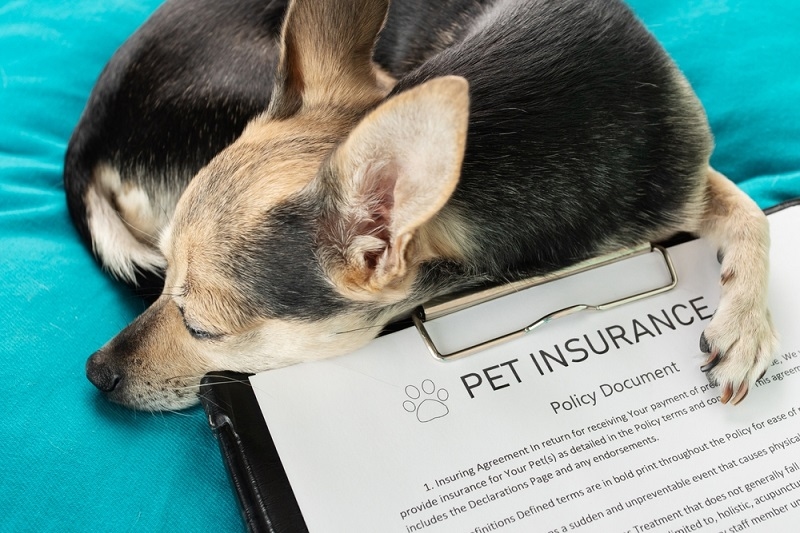
Today, pet parents have become conscious than before regarding the significance of safeguarding the well-being of their furry babies. A good idea of the smartest way of doing that is to invest in appropriate pet insurance. However, the number of different types of pet insurance plans is so numerous that sometimes it may seem pretty complicated as to which plan covers what and which is the most suitable one regarding your pet. As you continue reading this blog, you will get to learn more about the three big classes of both pet insurance types, namely Accident-Only, Illness, and Preventive Care Plans. We shall analyze the content of each of the plans, the way it works, and the way you should decide which one will match your budget and the needs of your pet.
The two types of pet insurance are used to cover other parts of the well-being of your pet. What are their differences, then? Let us have a closer look.
The least coverage form of pet insurance is accident-only pet insurance. It is perfect for pet lovers who do not want the high expenses of paying for pet insurance but still want their pets to be covered against any emergency accidents.
What It Covers:
This kind of insurance is not suited to cover illnesses, vaccinations, and regular check-ups. It is strictly limited to accidents and injuries that are a result of external events.
Who It’s Best For:
Pros:
Cons:
If you're searching for the best pet insurance for dogs and just want to be prepared for sudden accidents, this plan might be a good start.
Unlike accident-only plans, illness pet insurance covers a wide range of medical conditions that develop over time. This type of plan is perfect for covering your pet when they’re feeling unwell.
What It Covers:
This plan often includes diagnostic tests, medications, and even some hospitalization costs. It ensures your pet receives the medical care they need when they're sick.
Who It’s Best For:
Pros:
Cons:
Illness pet insurance benefits become especially valuable as your pet ages or starts developing health issues.
While not always a standalone insurance plan, wellness plans or preventive care add-ons are often offered as optional extras on accident or illness plans. These add-ons help cover routine and preventive care costs.
What It Covers:
Wellness plans help you keep your pet healthy all year round by encouraging regular vet visits and early disease detection.
Who It’s Best For:
Pros:
Cons:
If you're already investing in insurance, a wellness plan add-on can give your pet full-circle care and protect you from out-of-pocket costs for routine checkups.
Suggested reading: Health Insurance Plan Types: HMO, PPO, EPO, and POS Compared
Now that we’ve gone over the three main pet insurance plan types, let’s compare them side by side to help you choose better.
If you’re looking for low-cost pet insurance options, consider starting with an accident-only plan and adding a wellness plan later.
Many insurance companies allow you to customize your plan. You can often:
Selecting the right insurance for your pet doesn’t have to be overwhelming. Follow these simple steps to narrow down your options.
Younger pets may not need illness coverage right away, while senior pets benefit from comprehensive plans. Consider:
For example, large dog breeds prone to joint problems may benefit more from illness pet insurance benefits.
Decide how much you can afford to pay each month. While everyone wants the best pet insurance for dogs or cats, your budget may require starting small and upgrading later.
If you're tight on funds, look for low-cost pet insurance options with accident-only coverage and low deductibles.
Not all pet insurance companies are the same. Compare plans based on:
Also read: Medicare Supplement vs Advantage Plan: What to Pick?
Understanding what not to do is just as important when choosing pet insurance. Here are some pitfalls to avoid:
Always read the fine print. Most plans do not cover pre-existing conditions or cosmetic procedures. Make sure you understand what’s not included.
A cheaper plan might not offer enough coverage when you need it most. Always balance cost with coverage.
Some pet owners skip wellness plans, thinking they’re unnecessary. But regular check-ups can prevent bigger health issues later and save money.
Selecting the variety of types of pet insurance plans is a simple matter of finding something that fits your pet and your budget. Be it an accident-only pet insurance plan or an illness pet insurance plan, or a wellness plan all the way, the perfect protection can result in a good conscience.
To have comprehensive well coverage, most pet parents end up taking a combination covering accident, illness, and preventive care. It can be a bit more expensive, yet it is the guarantee that your furry friend will be healthy and happy in the following years. In deciding which dog pet insurance is the most ideal one, it is important to keep in mind that what may suit one pet may not be the perfect choice for another. Use your time; select the coverage that fits well.
This content was created by AI